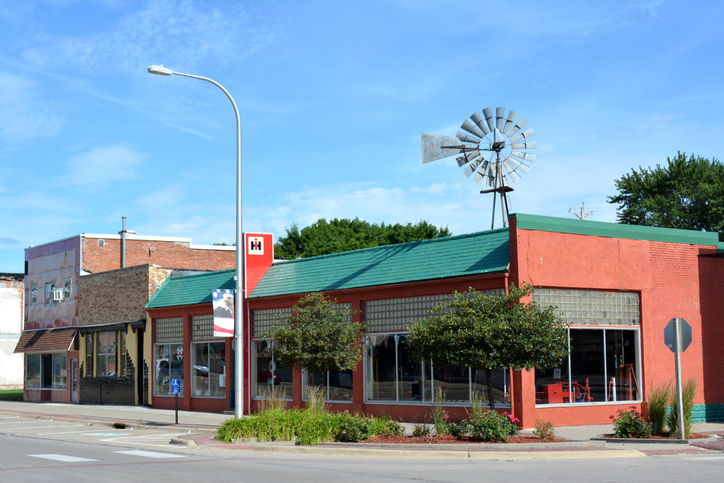In 1997, U.S. taxpayers paid $27.1 billion for new public school buildings, additions, and renovations. According to the 1999 edition of Building Construction Cost Data, one-quarter of all elementary school building projects had a capital cost of over $33,200 per student, with the 50th percentile cost being $10,200 per student. These figures exclude the cost of the land.
Must school buildings cost so much? A 1998 analysis by Goldwater Institute Executive Director Jeffry Flake shows schools can be built more cost-effectively.
Flake examined three similarly sized schools being built within three miles of each other in Ahwatukee, Arizona: a public school, a private school, and a charter school. He found the building cost per student to be highest for the public school ($11,529) and lowest for the charter school ($8,615), with the private school building cost falling in the middle ($9,375).
“Charter and private schools have every incentive to save money on building costs,” commented Flake. The dollars that these schools save on bricks and mortar can be plowed back into the classroom. Public schools, on the other hand, have no such incentive to save on building costs, since public school building expenses by law must be kept separate from operating expenses.
John Hood, president of the John Locke Foundation, points to similar examples in North Carolina. While the cost of elementary schools proposed in Wake County is close to $14,000 per student, the state’s fledgling charter school movement has found ways to reduce such excessive capital costs:
- Healthy Start Charter School: $4,000 per student
- Downtown Middle School: $6,200 per student
- Franklin Academy: $6,000 per student
- River Mill Charter: $3,300 per student
In Florida, Pembroke Pines Charter School saved between 22 and 34 percent on the cost of its new school by hiring a private company, Haskell Educational Services, to build and operate the facility.



